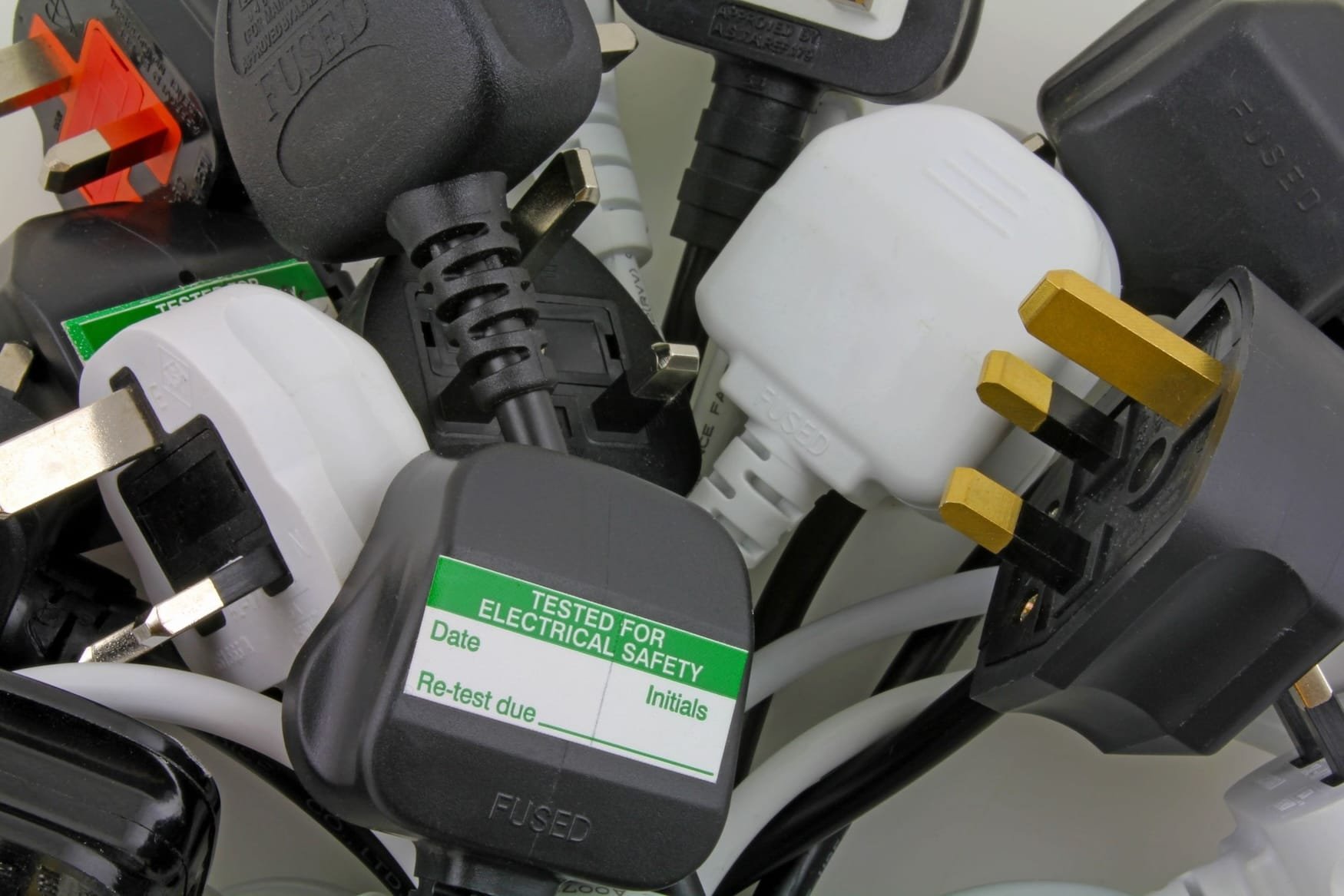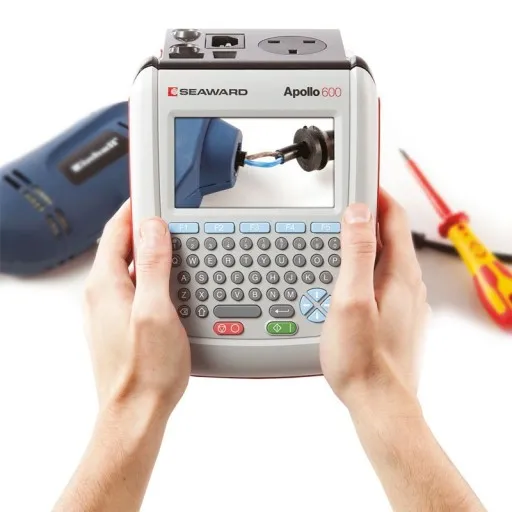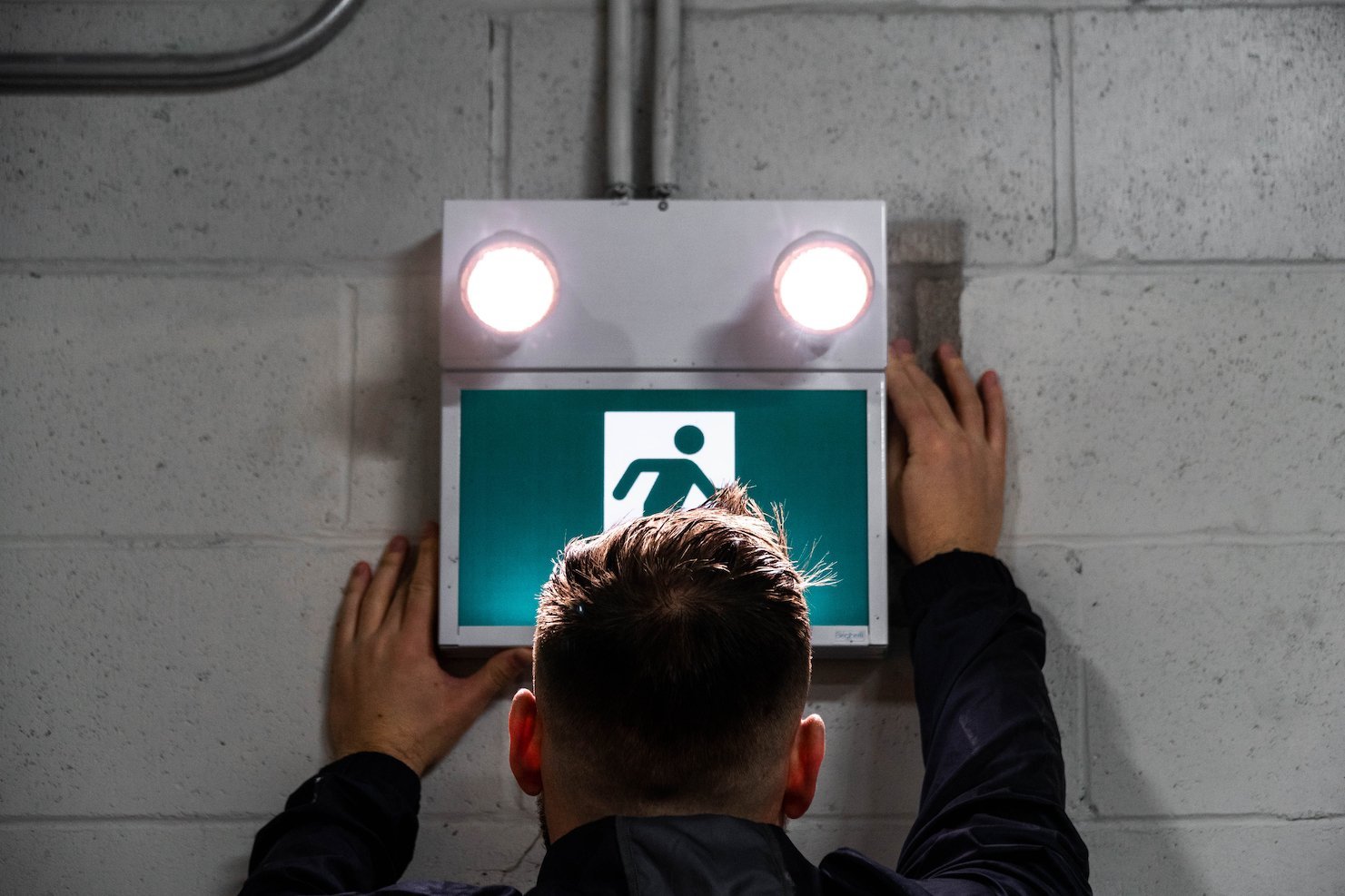
The Dangers of Fake Mobile Phone Chargers and the Role of PAT Testing
With the rising dependence on mobile phones in our daily lives, the demand for mobile phone chargers has surged exponentially. While branded and genuine chargers guarantee safety and efficiency, the market is flooded with counterfeit or fake chargers which not only compromise the health of our devices but also pose significant safety risks. One of the effective methods to identify and ensure the safety of electrical devices, including mobile phone chargers, is through Portable Appliance Testing (PAT). This article delves into the dangers of fake mobile phone chargers and elucidates how PAT testing can help in spotting these risks.
Dangers of Fake Mobile Phone Chargers
Electrical Shocks and Burns: Fake chargers often skimp on safety standards. This can result in exposed wires or substandard components that may lead to electrical shocks when touched.
Fire Hazards: Counterfeit chargers are known to overheat due to poor-quality materials and faulty design. This can lead to fires, endangering lives and property.
Damage to Mobile Phones: Using a fake charger can result in erratic charging, reduced battery life, and can even damage the mobile phone’s motherboard.
Potential for Explosion: In severe cases, a malfunctioning counterfeit charger can cause the mobile phone battery to explode, leading to injury and damage.
Lack of Overcharge Protection: Genuine chargers come with an overcharge protection mechanism, which stops the charge once the battery is full. Most fake chargers lack this feature, exposing batteries to potential damage and reduced lifespan.
How to spot a fake charger?
Plug Markings and Inscriptions: Inspect the plug for the presence of CE markings, a certification mark indicating compliance with European product safety standards. Counterfeit products often lack the capability to properly imprint such markings or to get genuine certification. Even when CE markings are present, they might appear faded or misaligned. However, some counterfeits can be deceptive.
Pin Alignment on the Plug: An evident indicator of a counterfeit plug is the misalignment of its three-pin connectors. They might not fit the plastic shell properly due to subpar craftsmanship. Authentic plugs, in contrast, feature pins that align seamlessly, ensuring a tight and flush fit.
USB Port Quality: The USB port is often a revealing sign of a plug's legitimacy. Many counterfeit plugs have misaligned or shaky USB ports, resulting in problematic connections.
Material Quality: Counterfeit plugs and cables often resort to inferior materials, posing risks such as fires, electric shocks, or damaged phone batteries. Their inexpensive nature stems from compromised quality, often lacking essential components and proper soldering, leading to potential issues like crossed wires or overburdened circuits.
Assess the Weight: The weight of a plug or cable head can disclose its authenticity. Genuine products, made with quality components, ranging from robust metal to premium plastic, tend to be heavier.
Voltage Verification: Before utilizing your plug or cable, test it with a voltage meter. This helps in ascertaining if the product can handle the advertised voltage. Counterfeit manufacturers often exaggerate their product's voltage capabilities, endangering your device's battery and prolonging charging durations.
Three-Step Safety Assessment
Ensure a minimum gap of 9.5mm between the pin ends and the charger's edge. A standard ballpoint pen, approximately 9.5mm, can be used for this check. Once done, verify the plug's fit. Any internal rattling could indicate damage.
Make certain all plugs and cables exhibit a clear and sharp CE mark. Stay alert for any counterfeit CE imprints, as they are common in fakes. Ensure the presence of model and batch numbers, giving insights into the product's manufacturing details.
Refrain from using any plugs or cables if you doubt their authenticity. For safety, opt for well-known electronic vendors like MobileFun. Investing in genuine products might be costlier, but it can be a lifesaver.
The Role of PAT Testing
Portable Appliance Testing is a process where electrical appliances are routinely checked for safety. Here's how PAT testing can help identify fake mobile phone chargers:
Visual Inspection: The initial phase of PAT testing involves a thorough visual inspection. Fake chargers often have inconsistencies in branding, print quality, and design which can be identified during this phase.
Electrical Tests: PAT testing equipment checks for earth continuity and insulation resistance, among other parameters. Counterfeit chargers often fail in these tests, showcasing their substandard quality.
Functionality Test: A genuine charger is designed to provide a specific voltage and current. During PAT testing, the output of the charger is measured to ensure it matches the specified ratings.
Identification of Counterfeit Marks: Many fake chargers try to replicate the marks and logos of genuine products. A trained PAT tester can spot inconsistencies in these marks, differentiating a genuine product from a counterfeit.
Documentation: PAT testing provides a record of each tested appliance, ensuring that only safe and authenticated devices are used.
In Conclusion
While the allure of cheap, fake mobile phone chargers might be tempting for some, the potential risks they carry are not worth the savings. It's crucial for individuals and organizations to be proactive in ensuring the safety and authenticity of their chargers. Regular PAT testing offers an effective and thorough means to ensure that the devices we rely on daily, like our mobile phone chargers, are safe and genuine. Not only does this protect our valuable devices, but it also safeguards us against potential hazards.
Services We Provide
-

Portable Appliance Testing (PAT Testing)
We provide PAT testing, which is a process of regularly inspecting and testing electrical appliances to ensure their safety for use in various settings.
-

Fire Alarm Service & Maintenance
We provide fire alarm servicing & maintenance in buildings to ensure their proper functioning and prompt detection of any potential fire hazards.
-

Fire Extinguisher Service
Fire extinguisher servicing to ensure that they are in proper working order and capable of effectively extinguishing fires when needed.
-

Emergency Lighting Test & Maintenance
Emergency light testing is the inspection and testing of emergency lighting to ensure that they will be functioning in the event of an emergency.
-

Fire Risk Assessments
We carry out Fire risk assessments to identify potential fire hazards in your building and recommend appropriate measures to minimize the risk of fire.
